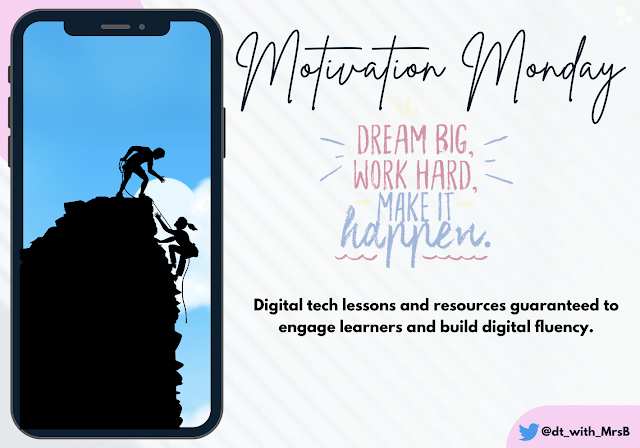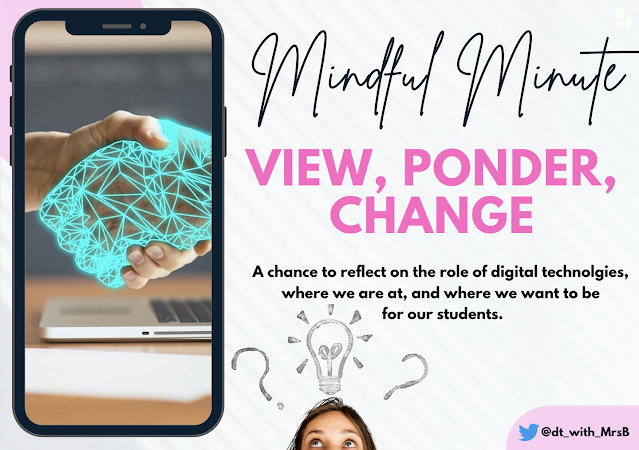Google Applied Digital Skills: Supporting New Zealand Teachers in the Digital Technologies Curriculum

Let's chat about Applied Digital Skills , a sweet program by Google. It's all about arming students with the digital skills they need to shine in school, work, and life. The cool part? It's aligned with New Zealand's Digital Technologies curriculum, and it's here to lend a hand to our Kiwi teachers. Applied Digital Skills has got your back, with a bunch of resources to support you in implementing the New Zealand Digital Technologies curriculum. Here's what's in the toolkit: * Lesson plans: You'll find a variety of lesson plans that match up with the New Zealand Digital Technologies curriculum. These plans are a breeze to follow, complete with step-by-step instructions, along with resources for both students and teachers. * Digital tools: It's in cahoots with Google's digital tools like Docs, Sheets, Slides, and Drive. That means you can easily integrate these digital tools into your lessons, giving your students hands-on experience. * Professiona...


.gif)
.gif)